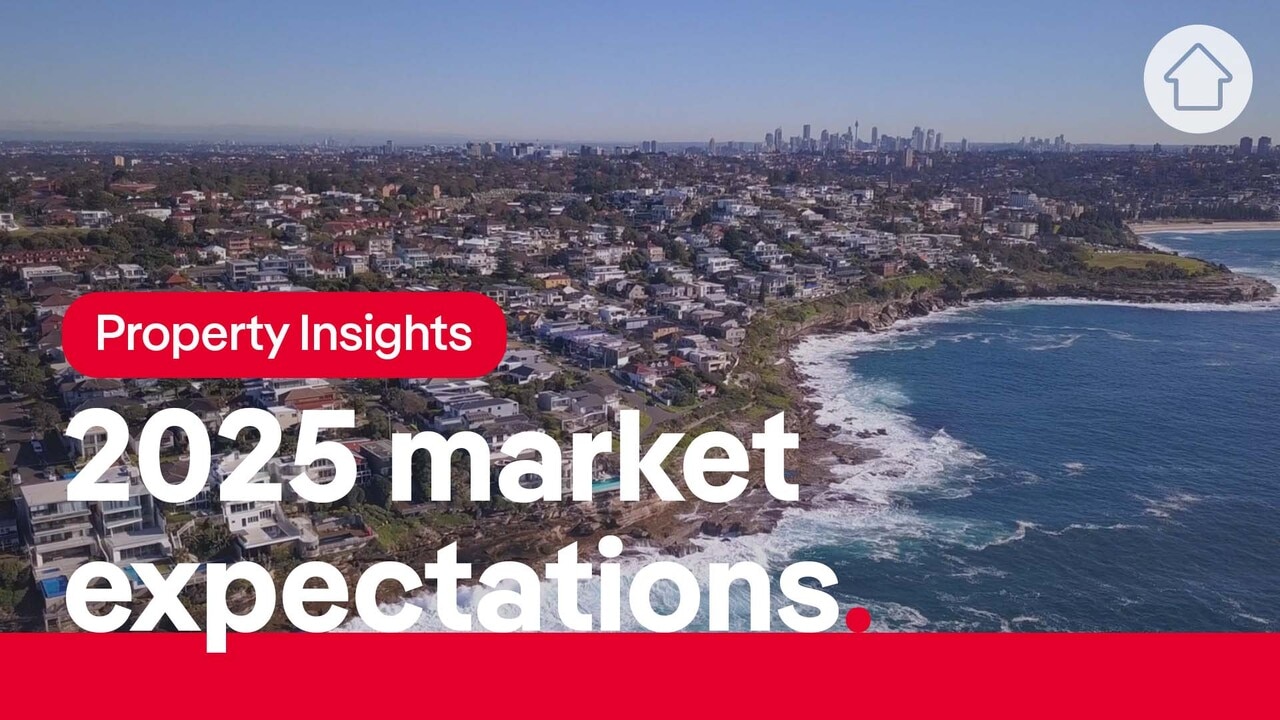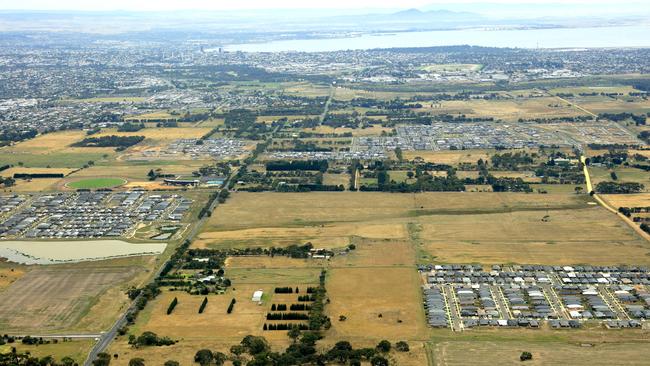Geelong’s big jump in sales as national price beats inflation
Buyers are returning to Geelong’s residential land estates in bigger numbers as amid a growing gap in price with capital cities.

Buyers are returning to Geelong’s land estates in bigger numbers as a report shows the median price of residential land across Australia reached record highs amid a lack of available greenfield and infill lots.
Land sales increased 57 per cent in the Geelong region in the September quarter to 221 lots, according to the HIA-CoreLogic Residential Land Report.
The report found the median price of land sold nationally increased by 7.6 per cent to $366,510 for a lot compared to the same period in 2023.
Land sales across Melbourne rose 2 per cent over the same time to 1587.
RELATED: Renovated home drives young family to Hamlyn Heights
Only house in secluded Belmont street snapped up
Geelong suburbs where buyers want to splash out
HIA economist Maurice Tapang said people were still looking to buy more affordable land, even if it means moving further away from Melbourne’s growth corridors and to Geelong.

“There are signs that despite the rise in land prices, particularly in the capital cities, buyers are looking at better opportunities to purchase land, whether through exploring growing regional locations or buying smaller lots,” he said.
Geelong’s median lot price grew 2 per cent to $373,000 but remains $22,000 lower compared to Melbourne where the median lot price is $395,000, down 4.2 per cent.
“In areas such as the Illawarra and Geelong, where the median land price is lower than their respective capital cities, lot sales have increased by over 50 per cent compared to the previous year, Mr Tapang said.
“It does point to people moving further out and I think the price difference between the outer growth areas of Melbourne makes very little difference to some homebuyers and some just wanting to get into the market so there heading toward Geelong.”
Mr Tapang said prices have increased the fastest in areas where either home building activity is beginning to pick up or where the cost of providing the infrastructure for new lots is high.
“Land prices have risen by more than double the rate of growth in the ABS Consumer Price Index and five times faster than growth in the cost of home building materials, as measured by the Producer Price Index over the same period.”

The report echoes other recent land sales data, with RPM Research revealing Geelong reached its highest quarterly sales in two years, primarily driven out of Armstrong Creek and Lara.
Mr Tapang said ongoing inadequate supply of land for residential development, both greenfield and infill, risks torpedoing the federal government’s target to build 1.2 million homes over the next five years.
“Increased urgency and commitment from governments to release more land for residential development and adequately service it with essential infrastructure will alleviate rising land prices and help more Australians into homeownership,” he said.
CoreLogic economist Kaytlin Ezzy said affordability continues to be a major hurdle in bringing new housing stock online.
PropTrack economist Eleanor Creagh said while many have pointed to the continued need to reform planning and zoning restrictions to unlock more housing supply and fast track approvals, labour shortages have been one of the biggest drivers in cost increases and time delays for housing construction, after ABS stats shows housing commencements were already well short of the government’s new housing target.
Originally published as Geelong’s big jump in sales as national price beats inflation

